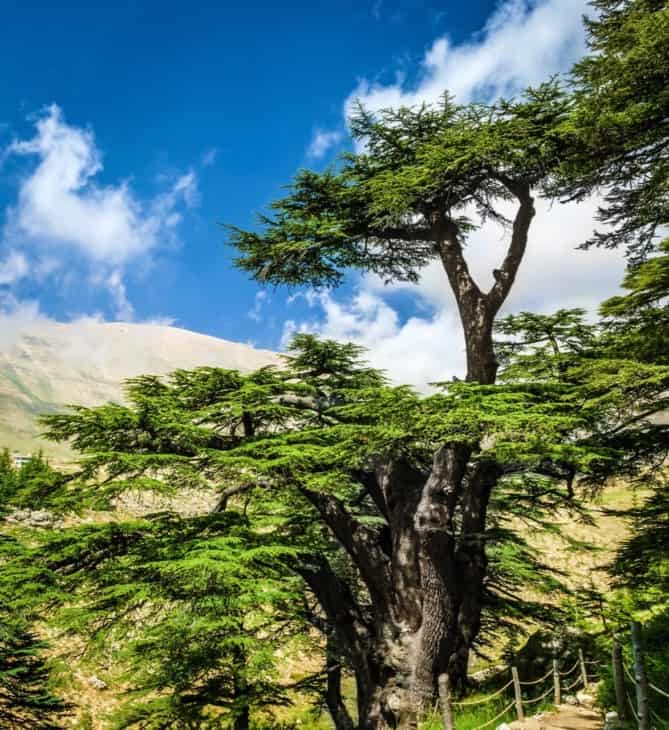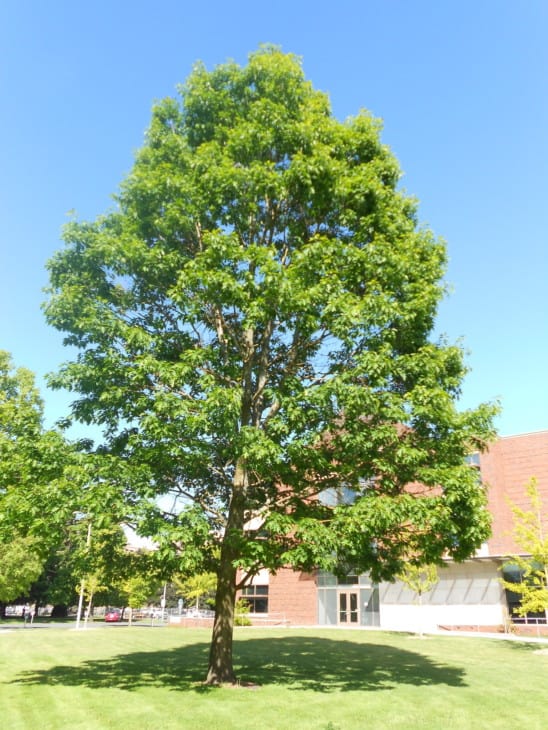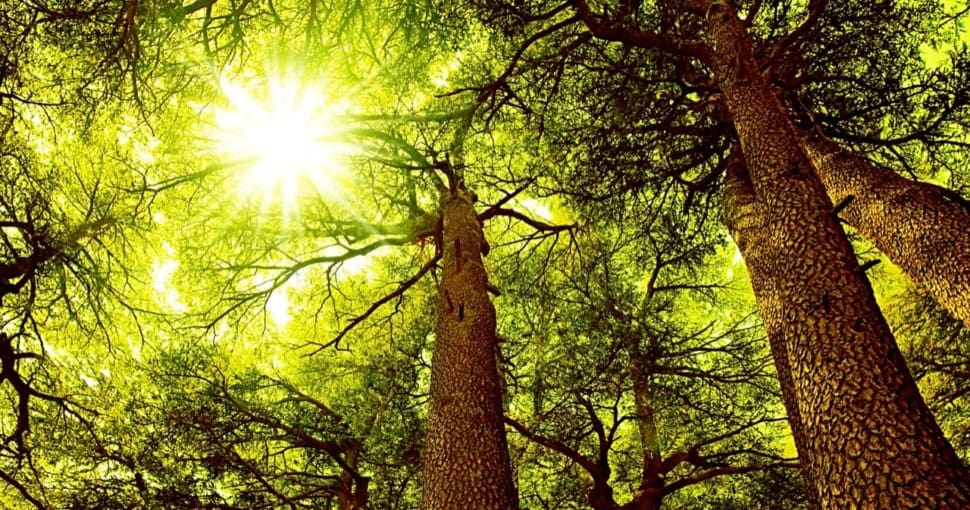Originating from the mountains of the Himalayas and the Mediterranean regions, Cedar trees are one of the most well-known and loved trees worldwide. With some species growing up to 180 feet tall, it’s no wonder that Cedars have been so famous for centuries!
Contents
Cedar trees make great choices for both the garden and the open land. Cedar trees are known for their many benefits. They have been used for thousands of years for things like medicine, construction material, pollution reduction, and wildlife habitation, to name a few.
If you live on a property with a large garden and are looking to plant trees that will offer more than just shade or visual appeal, then Cedar trees are certainly an option that you will want to explore further. Let’s explore the wide range of Cedar tree benefits:
Here is a list of seven uses and benefits that have made the Cedar tree as popular as it is throughout history:
1. Works Great For Mulch
Don’t worry if you do not have sufficient space in your garden to grow a Cedar tree! There are other ways the wood from Cedar trees can be an excellent benefit for your garden.
The wood from Cedar tress works excellent when used as mulch since it does a fantastic job at retaining moisture. This ultimately means that you may not need to water your garden as frequently, saving you time and recourses.
Due to the distinct smell of Cedar wood, using it as a mulch also works wonders for repelling many pests from your garden plants, ensuring that they can flourish as you intended.
2. Medicinal Benefits
Out of all the different species of Cedar, the Eastern Red Cedar is popular for its medicinal uses. The leaves, berries, and wood have been utilized for generations to treat coughs, pain in joints, and gastral discomfort.
Externally, the Eastern Red Cedar tree can even be used to treat skin conditions like wounds, rashes, warts, eczema, acne, and other fungal skin infections.
On a more commercial level, Eastern Red Cedar has also been known to work well when used as an oil for insect repellent. Other uses include being used as a fragrance in various cosmetic products such as soaps and even perfumes.
3. Support Of Wildlife
Due to their sheer size, it isn’t difficult to understand why forests of Cedar trees are highly beneficial to the support of wildlife habitation. Many creatures such as deer, birds, and squirrels make use of Cedar trees for their nests and homes, as well as protection from other predators.
Aside from basic shelter and protection, Cedar trees can also be an excellent food source for the surrounding wildlife. The berries found on the Eastern Red Cedar specifically are a regular food source for birds, who play an essential role in dispersing Cedar tree seeds to support the continued growth of the forests.

4. Great For Windbreaks
If you are looking at protecting some of your other trees or garden plants from wind and other harsh weather conditions, Cedar trees will undoubtedly make great companions.
Cedar trees are popularly used as windbreaks to protect other trees or plants from harsh winds and prevent other plants from experiencing excessive snowfall.
Cedar trees are also known for how much water they use, which may sound like a bad thing, but in areas prone to floods or heavy rain, Cedar trees can help prevent other plants from being damaged by excess water.
5. Good Material For Building And Construction
When it comes to building and construction, Cedar is one of the most popular woods used throughout the United States, making up nearly 47 of raw materials produced every year, as previously mentioned.
Cedarwood is a popular choice for producing many different kinds of furniture, such as tables, chairs, and outdoor furniture. Cedarwood has even been used to build other interesting things like boats and cigar boxes.
Wood from Cedar trees is also commonly used by contractors. Interestingly enough, more than 90 percent of American homes are built using wood. Since it is a durable and weather-resistant wood, Cedar wood is an excellent material to use for doors, window frames, paneling, and decking, to name a few.

6. Helps To Reduce Pollution
Despite how large the scale of wood production from Cedar trees is in the United States, the production process keeps the use of fossil fuels to a minimum, which causes the overall contribution to the pollution levels to be minimal.
Trees, in general, are highly beneficial to the environment due to their ability to absorb high amounts of carbon dioxide and, in turn, release pure oxygen into the air for us to be able to breathe.
There are several extensive forests of Cedar trees around the world, making them a tremendous contributor to the overall state of the environment and the war against climate change
7. Appealing
Lastly, as an added bonus, Cedar trees are beautiful trees with what some would describe as a wonderful nostalgic smell. Their rich history and variety of uses and benefits make them a winner in the garden or in a large forest.
More Facts About Cedar Trees
Cedar trees are part of the genus of coniferous trees and belong to the Pinaceae (Pine) family. They are evergreen trees with broad, flat branches covered in needle-like leaves with a familiar smell. Cedar trees can grow as tall as 98 to 180 feet and have a thick ridged bark.
Something not too widely known is that there are, in fact, only four species of Cedar trees. However, within every four species are a variety of sub-species found in many parts of the world that support humid yet cooler temperatures, with reasonable amounts of rain and even snow.
Although there are no native species, the wood from Cedar trees alone contributes to roughly 47 percent of all the raw materials produced in the United States.
In Egypt, people used to commonly import Cedar oil from Lebanon to use for embalming dead bodies.
The role of Cedar trees can be traced back thousands of years. The popular Lebanon Cedar is even regularly mentioned in the Bible and was explicitly used in the construction of King Solomon’s temple.







